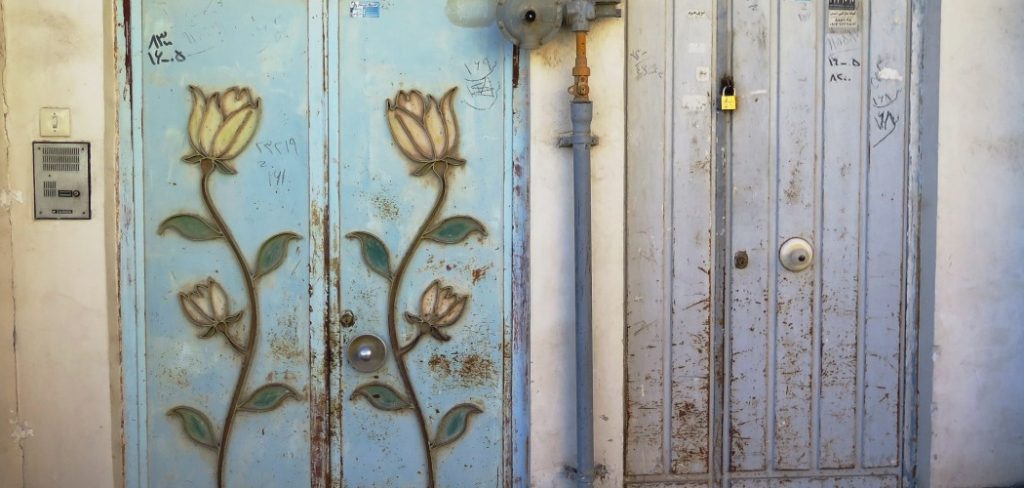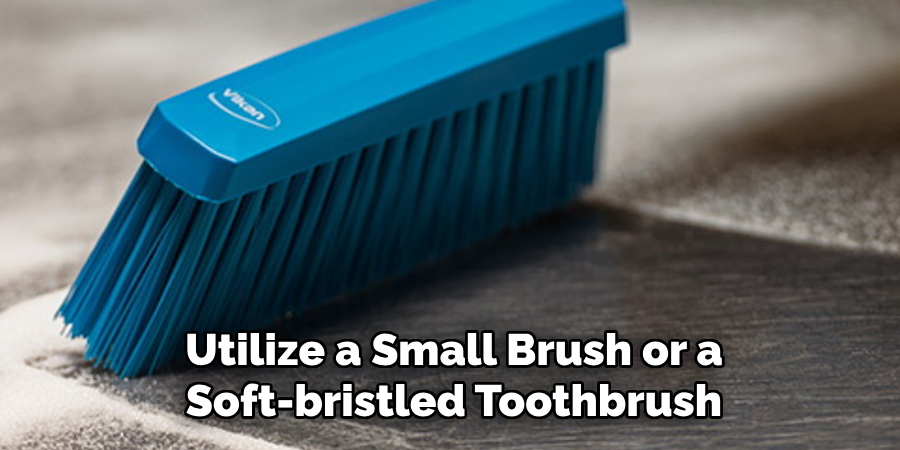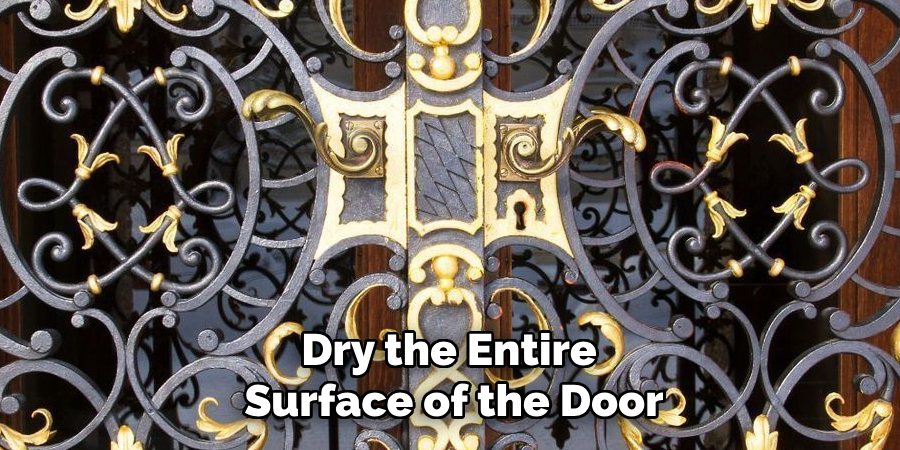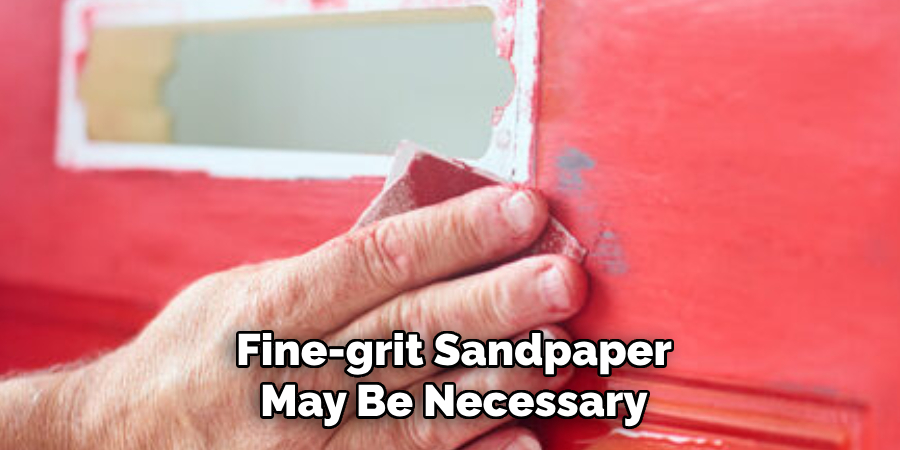Iron doors are both functional and aesthetic, offering durability and elegance to any property. However, regular cleaning and maintenance are crucial to maintain their pristine condition and resist the natural wear of time and weather. If neglected, iron doors are susceptible to rust and corrosion, which can diminish their appearance and structural integrity. Regular cleaning enhances curb appeal and extends the door’s lifespan by preventing rust and damage.

The following guide provides a comprehensive step-by-step approach on how to clean iron doors, ensuring they remain a beautiful focal point of your home or business. By investing time in proper care, you can enjoy both the practical benefits of durability and the aesthetic advantages of a sparkling, well-preserved iron door. This article serves as a helpful roadmap for keeping your iron doors looking their best throughout the years.
Tools and Materials Needed for Cleaning Iron Doors
Essential Cleaning Tools
You will need a few essential tools to effectively clean your iron door. Start with a soft cloth for general surface cleaning and a non-abrasive sponge, both gentle enough to prevent scratches while effectively removing dirt. A bucket comes in handy for mixing cleaning solutions, while a spray bottle allows for easy application of cleaning mix. Don’t forget a small brush for intricate detailing; it’s essential for reaching the nooks and crannies in decorative areas, ensuring a thorough clean without damaging the door’s ornate features.
Cleaning and Protective Products
Selecting the right cleaning products is crucial for maintaining the finish and integrity of your iron door. Opt for mild soap or a pH-neutral cleaner to safely cleanse the surface without promoting rust. Ensure you have a supply of clean water for rinsing off residues. To protect the door post-cleaning, use a soft wax or an iron-specific sealant, both of which help shield against moisture and minimize rusting. For tough stains, consider optional materials like vinegar or baking soda, which are known for their natural cleansing properties that are tough on stains but gentle on iron surfaces.
Preparing the Door for Cleaning
Removing Dust and Lose Debris

Remove dust and loose debris before applying any water or cleaning solution to your iron door. Using a soft, dry cloth or brush, gently dust the door to remove dirt, cobwebs, and other debris that might have accumulated. This step is crucial, as it ensures that you are starting with a clean surface, preventing particles from scratching or mixing with cleaning solutions, which could cause unwanted stains. Additionally, a clean, dry surface allows for a more effective application of cleaners and prevents unnecessary scratching or damage during the cleaning process.
Inspecting the Door for Rust or Damage
Before cleaning, inspecting your iron door for signs of rust or damage is important. Check for rust spots, scratches, or other areas of concern that may require extra attention during cleaning. Identifying these issues early allows you to focus on them while cleaning and to plan for any necessary repairs or treatments. By noting these areas, you can apply additional protective measures or cleaners to address imperfections, ensuring that your iron door not only emerges clean but is also well-maintained to prevent further deterioration.
How to Clean Iron Doors: Cleaning the Iron Door
Applying a Mild Cleaner
Begin the cleaning process by preparing a gentle cleaning solution made from mild soap mixed with warm water. Pour the mixture into a spray bottle for ease of use. Using a soft cloth or a non-abrasive sponge, gently apply the solution across the surface of your iron door, working in small sections. This approach ensures that the entire area is covered without soaking the metal, which could lead to issues like rust. It’s crucial to avoid using harsh chemicals or abrasive materials, as these can strip away the finish or increase the risk of corrosion. By opting for mild soap, you protect the integrity and appearance of the door while effectively removing surface dirt and grime.
Cleaning Decorative or Intricate Areas

When cleaning areas with intricate details or carvings, a more focused approach is key to ensuring a thorough clean without causing damage. Utilize a small brush or a soft-bristled toothbrush to gently scrub these areas where dirt tends to accumulate. Dip the brush in the mild soap solution and carefully work it into carvings and between crevices, taking care to reach every nook. This ensures that grime and build-up are effectively dislodged.
Rinse the brush frequently to prevent redistributing grime across your iron door. For hard-to-reach areas, use a cotton swab or wrap a thin cloth around the end of the brush to maneuver into narrow spaces without scratching the metal. This meticulous process guards the intricate designs against wear and tear, preserving the door’s original beauty.
Rinsing and Drying the Iron Door
Rinsing with Clean Water
After cleaning the iron door with soap, it’s crucial to rinse it thoroughly to remove any soap residue. Gently wipe or spray the door’s surface using a clean, damp cloth or a spray bottle filled with water. Start from the top and work your way down to ensure all soap is washed away, preventing any film from forming that might dull the door’s sheen. This step is essential not only for aesthetic reasons but also to safeguard the door from potential damage that residual soap could cause over time by trapping moisture against the metal.
Thoroughly Drying the Door

Once rinsing is complete, use a dry, soft cloth to carefully dry the entire surface of the door. Begin at the top and systematically work downward, ensuring that all moisture is absorbed to prevent water spots or potential rusting. Pay special attention to the door’s hinges and any decorative crevices where water might settle. These areas are particularly susceptible to rust if not properly dried. To ensure the door remains pristine, open and close it gently after drying to check for any hidden moisture, taking the opportunity to wipe down any damp spots discovered.
Removing Rust Spots or Stubborn Stains
Using Natural Rust Removal Solutions
Start with a natural rust removal solution to tackle small rust spots on your iron door. Mix a paste using baking soda and water until it reaches a thick consistency. Alternatively, you can use white vinegar, which has strong rust-dissolving properties. Apply the baking soda paste directly onto the rust spots, or soak a cloth in vinegar and press it onto the affected area. Allow the solution to sit for 15-30 minutes, letting the natural acids work on the rust.
After this, gently scrub the spots with a soft brush or a sponge, using circular motions to lift the rust without damaging the metal. Once satisfied, rinse thoroughly with clean water to remove all residues, ensuring no abrasive agents are left on the surface.
Sanding Larger Rust Spots

For larger or more persistent rust spots, fine-grit sandpaper may be necessary to restore your door’s pristine appearance. Begin by selecting sandpaper suitable for metal surfaces, preferably between 220 to 400 grit, which is abrasive enough to tackle rust but gentle enough to minimize damage. Lightly sand the rusted area, applying even pressure while using smooth, consistent strokes to avoid over-sanding, which can harm the surrounding metal. It’s important to periodically check your progress, as excessive sanding may thin the metal surface. Once the bulk of the rust is removed, wipe away any dust with a damp cloth, then proceed to the rinsing and drying steps to ensure no remnants remain, potentially causing further corrosion.
Applying a Protective Layer to Prevent Future Rust
Waxing the Iron Door
To provide an extra layer of protection against rust, apply a thin coat of protective wax specifically designed for iron surfaces. Begin by ensuring the door is clean and dry. Use a soft cloth to apply the wax in thin, even layers over the entire door surface, including any decorative elements. Gently buff the wax into the metal until it achieves a slight sheen, which indicates the wax has formed a protective barrier. This process not only enhances the door’s appearance but also serves as a moisture repellent, essential for prolonging the life of your iron door and preventing rust.
Using an Iron-Specific Sealant
Consider using an iron-specific sealant for additional durability, particularly in high-humidity environments. First, choose a high-quality sealant designed for metal surfaces. Apply it evenly over the door using a paintbrush or a cloth, ensuring complete coverage without excess pooling, which can lead to uneven drying. Following application, allow the sealant to cure as per the manufacturer’s instructions, providing a robust shield against moisture and environmental elements. Reapply the sealant every 6–12 months to maintain its protective properties, ensuring your iron door remains resilient against rust and corrosion over time.
Maintaining an Iron Door for Longevity
Regular Cleaning Routine
Establish a regular cleaning routine to maintain the pristine appearance and integrity of your iron door. Ideally, cleaning should be conducted every few months or as needed, depending on the exposure to weather elements. Begin by lightly dusting the door to remove surface dirt, then wipe it down with a damp cloth and a mild soap solution. This routine prevents grime buildup and keeps the door looking timeless and well-kept.
Seasonal Inspections and Maintenance
Seasonal inspections are crucial for identifying early signs of wear, rust, or sealant deterioration. Examine the door for any visible issues such as rust spots, peeling paint, or compromised sealant. Promptly addressing these problems can prevent expensive repairs or replacements. Regularly reapply protective coatings and ensure all moving parts are lubricated to enhance longevity and functionality, thereby maintaining the door’s beauty and durability throughout the seasons.
Conclusion
In conclusion, understanding how to clean iron doors is essential for preserving their beauty and function. Start with regular dusting and periodic washdowns to remove grime, followed by removing rust spots with natural solutions or sandpaper if needed. Apply wax and sealant for protection against moisture and environmental damage. Regular cleaning and seasonal inspections are critical for identifying and addressing early signs of wear, as well as ensuring longevity. Consistent care will extend the door’s lifespan and maintain its aesthetic appeal. By following these steps, you can enjoy a beautiful, long-lasting iron door for years to come.
Edmund Sumlin is a skilled author for Metal Fixes, bringing 6 years of expertise in crafting a wide range of metal fixtures. With a strong background in metalwork, Edmund’s knowledge spans various types of fixtures, from decorative pieces to functional hardware, blending precision with creativity. His passion for metalworking and design has made him a trusted resource in the industry.
Professional Focus:
- Expert in Metal Fixtures : Edmund aesthetic specializes in creating durable and innovative metal fixtures, offering both appeal and functionality. His work reflects a deep understanding of metalworking techniques and materials.
- Sustainability Advocate : He is dedicated to using sustainable practices, ensuring that every fixture is crafted with eco-friendly methods while maintaining high-quality standards.
In his writing for Metal Fixes, Edmund provides valuable insights into the latest trends, techniques, and practical advice for those passionate about metal fixtures, whether they are professionals or DIY enthusiasts. His focus on combining artistry with engineering helps others discover the true potential of metal in design.


